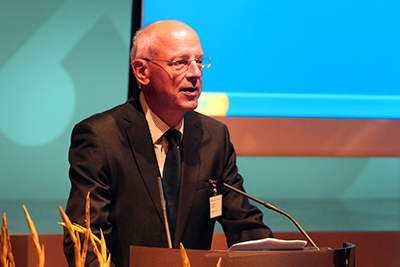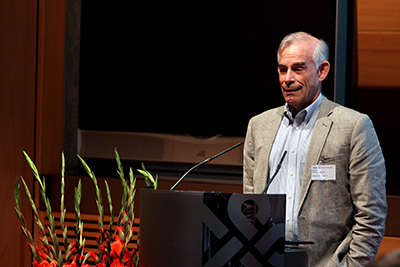Seminar on Bayesian Econometrics (ESOBE) – opening remarks
Opening remarks by Deputy Governor Jan F. Qvigstad at the fourth annual meeting of the European Seminar on Bayesian Econometrics (ESOBE) at Norges Bank.
Good morning everyone!
It is a privilege for me to welcome you to this year's European Seminar on Bayesian Econometrics, which has attracted the interest of such a distinguished group of international scholars. I would like to extend a special welcome to those of you who have travelled far in order to be here today.
As a practitioner of economic policy, I have experienced the use of economic models for almost half a century. Back in the late 1970s, the Norwegian Ministry of Finance used a large input-output model to calculate the effects of fiscal policy. Somewhat contrary to common sense – even then – the model suggested that an increase in government spending would reduce inflation. To remedy this obvious mistake, we calibrated a new model – using our priors on critical parameters – to get results that were more consistent with our experience. The lesson I take away from this is the following: To be useful, models need to be consistent with the view of the world that we apply to policy. This consistency principle, in my view, lies at the heart of the progress made possible by Bayesian modelling.
Advances in the last two decades have made Bayesian econometrics a key tool for central banks. Norges Bank has benefited greatly from this, and two of our most important policy tools are results of such advances. NEMO (Norwegian Economy Model) is our estimated DSGE model. The model is based on international research and model development over the past 20 years. We use it to produce forecasts and guide monetary policy analysis. This year, the hype is "forward guidance". The Fed does it, the Bank of England does it, and the ECB also. We have done it since 2005. We publish forecasts of the key policy interest rate and NEMO has been essential for the construction and, above all, explanation. When I describe Norges Bank's policy decision at press conferences, I often refer to NEMO equations in order to explain our decisions.
Our second key policy tool is our System of Averaging Models, SAM. The short-term forecast from SAM is the basis for the initial conditions when we use NEMO and when we make our policy decisions – and hence of core importance to monetary policy. Theory and experience suggest that a weighted average of forecasts from different models is often more accurate than forecasts provided by individual models. Norges Bank's short-term forecasts are based on combinations of statistical and econometric models, where each model is assigned a probability depending on past density forecasting performances. Currently, we are working on how to incorporate mechanically density predictions from SAM into NEMO.
The few examples that I have just described show how research on macro modelling and forecasting is important for our work. We are well aware that there will always be ample room for improvement in our toolbox, and we are fortunate to have such prominent speakers with us here today. This workshop is a great opportunity for us to become familiar with recent advances in Bayesian econometrics.
In addition to the pleasure of the scholarly discourse, I also hope you will have the opportunity to enjoy Oslo.

Deputy Governor Jan F. Qvigstad

Nobel laureate 2011 in economics, professor Chris Sims, gave a keynote lecture.